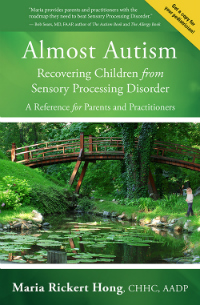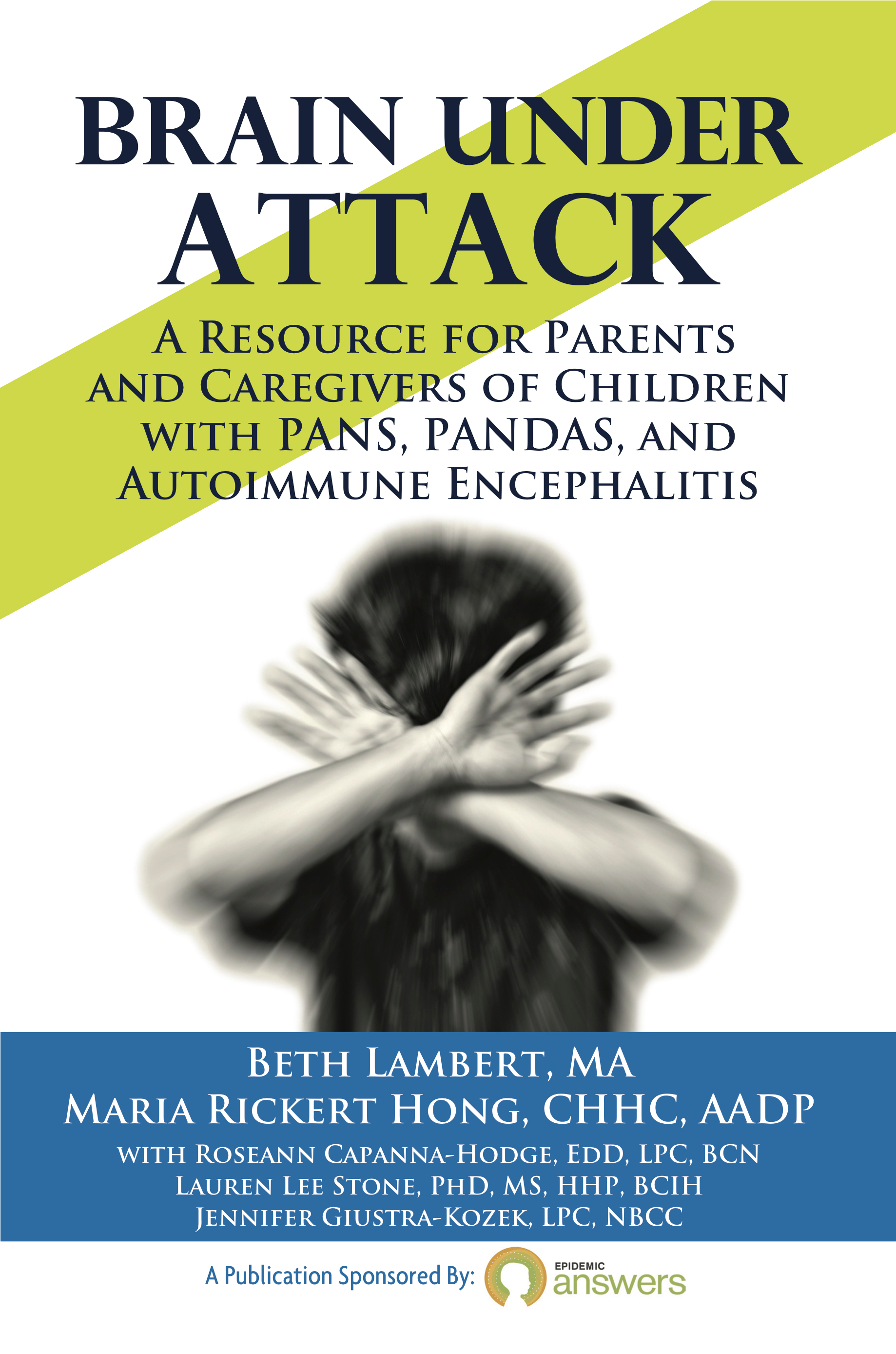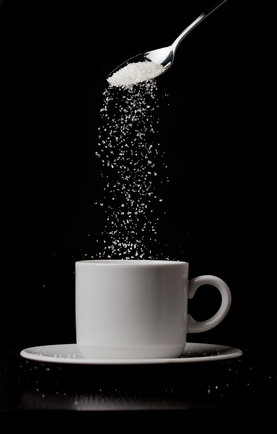 I was watching “Hungry for Change” this weekend, and it was validating to hear other health experts say what I’ve been saying for a while: sugar is as addictive as cocaine or heroin.
I was watching “Hungry for Change” this weekend, and it was validating to hear other health experts say what I’ve been saying for a while: sugar is as addictive as cocaine or heroin.
Seriously, it’s one of the hardest things in my work as a health coach: to get people off of sugar. People are like, “Nuh uh, you stay away from my sweets and my chocolate and my bread!” Bread is glycemically equivalent to sugar, so a bread addiction is a sugar addiction, as well.
We all (I hope) know that sugar consumption leads to our obesity problem, but it also is a major contributor to chronic diseases and conditions because it is extremely inflammatory (oxidative) within the body.
Even if people know this, there’s definitely a cognitive dissonance when it comes to sugar, probably because of its addictive nature. I’m always astounded at the amount of sugary foods on display at school parties and PTA functions.
I’m not saying I never indulge, but it’s an occasional treat, not a daily or a many-times-a-day thing. I’ve discovered through years of being hypoglycemic (at least since a teenager) how to manage my sugar cravings so they’re not controlling me and my emotional reactions. Plus, I don’t want to become a type 2 diabetic like my mom was or my other family members are.
I can always tell when something I’ve eaten has sugar in it because I get very agitated and antsy – what does this do to our kids?
Chef Jamie Oliver makes an excellent visual point by dumping out a wheelbarrow full of sugar on a TED stage to demonstrate the amount of sugar that a child gets from just flavored milk in a 5-year period. How much sugar do you or your children eat every day?
 You’ve heard it before: everybody is super-stressed these days. Personally, I think a lot of it has to do with technology creep into our daily lives.
You’ve heard it before: everybody is super-stressed these days. Personally, I think a lot of it has to do with technology creep into our daily lives.
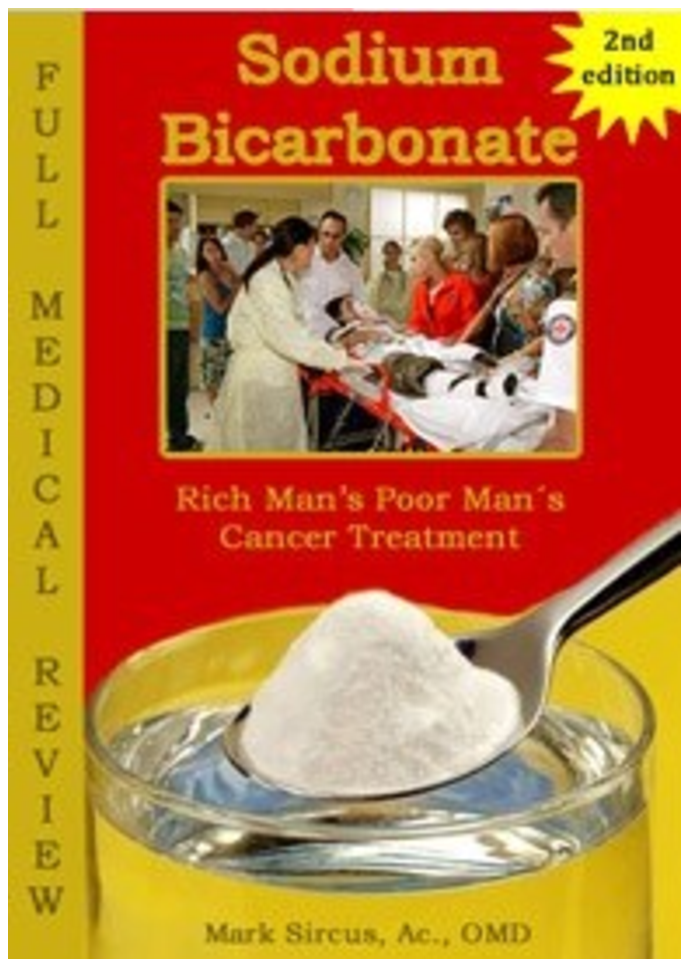 I have to say, I was fascinated with the material in Dr. Mark Sircus’ book, “Sodium Bicarbonate: Rich Man’s, Poor Man’s Cancer Treatment” because it provides a fundamental framework for understanding the nature of disease: that chronic health conditions and diseases arise from an acidic state of the body.
I have to say, I was fascinated with the material in Dr. Mark Sircus’ book, “Sodium Bicarbonate: Rich Man’s, Poor Man’s Cancer Treatment” because it provides a fundamental framework for understanding the nature of disease: that chronic health conditions and diseases arise from an acidic state of the body. pH testing is an easy way to determine your level of health. I’ve got some
pH testing is an easy way to determine your level of health. I’ve got some 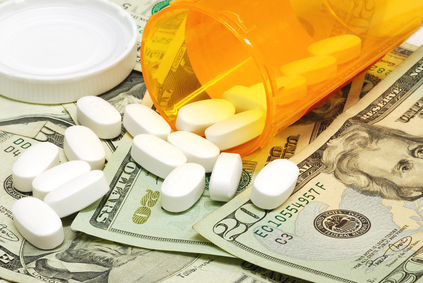
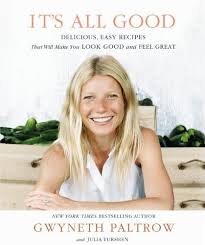 My husband bought me a copy of Gwyneth Paltrow’s cookbook, “
My husband bought me a copy of Gwyneth Paltrow’s cookbook, “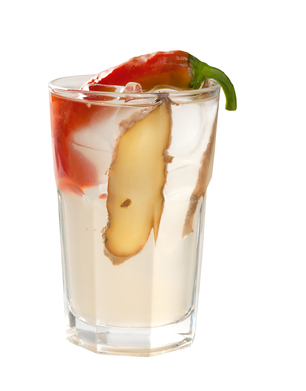 Let me tell you a true story about how I got migraine relief from ginger and cayenne!
Let me tell you a true story about how I got migraine relief from ginger and cayenne! It’s spring (finally!), and I’m craving fresh vegetables. I kid you not: once you eat a cleaner diet, you like the way it makes you feel.
It’s spring (finally!), and I’m craving fresh vegetables. I kid you not: once you eat a cleaner diet, you like the way it makes you feel. “Failure to thrive” is when your child’s weight percentile falls to the 3rd percentile or below or when it crosses 2 or more major percentile curves. When either of these (or both, as in the case of my older son) happens, it’s an indication that the child is not growing as he or she should be.
“Failure to thrive” is when your child’s weight percentile falls to the 3rd percentile or below or when it crosses 2 or more major percentile curves. When either of these (or both, as in the case of my older son) happens, it’s an indication that the child is not growing as he or she should be.